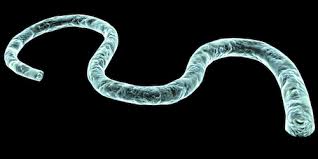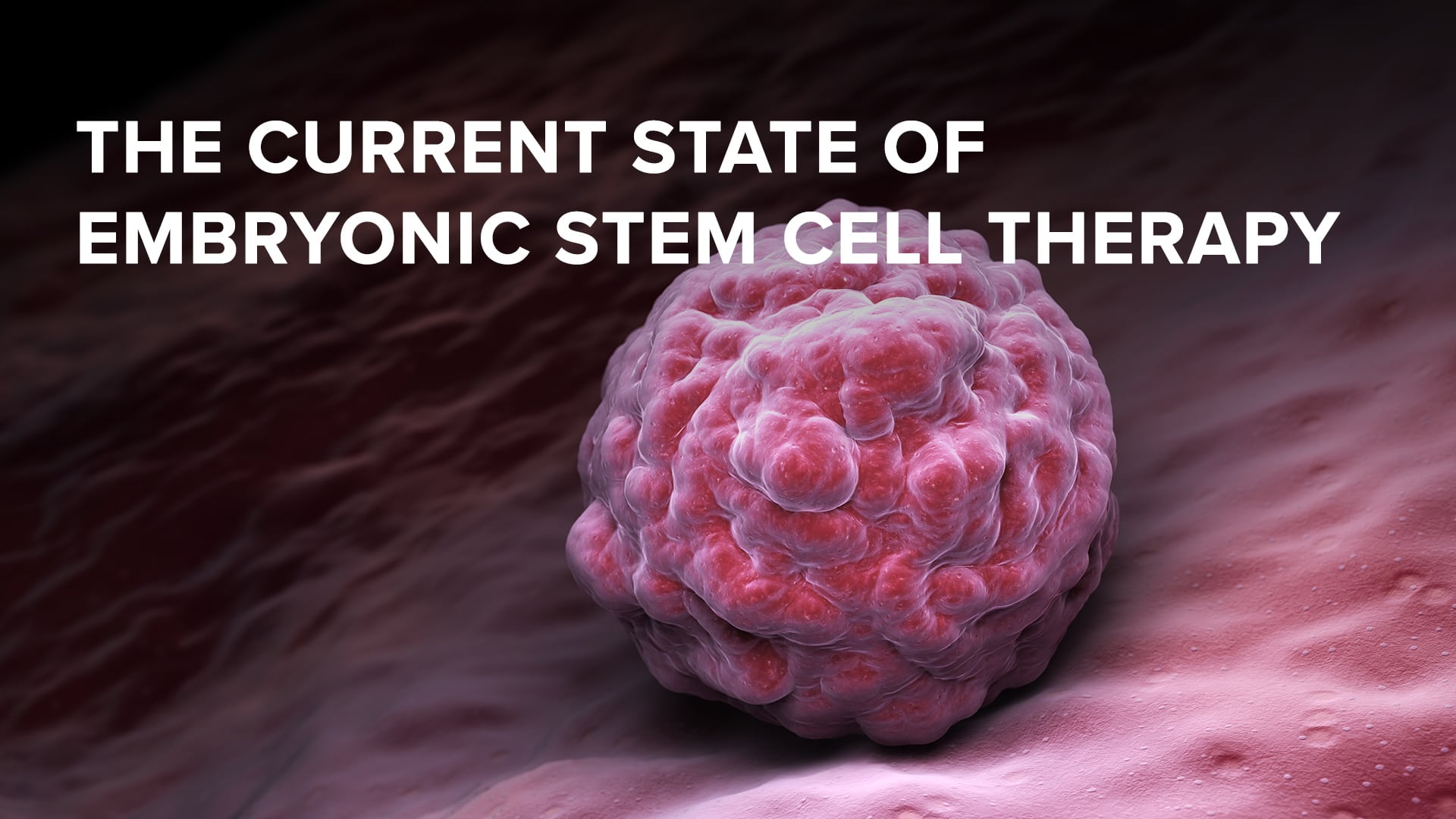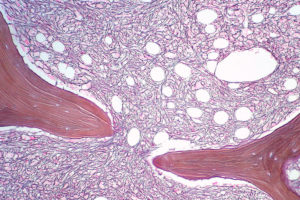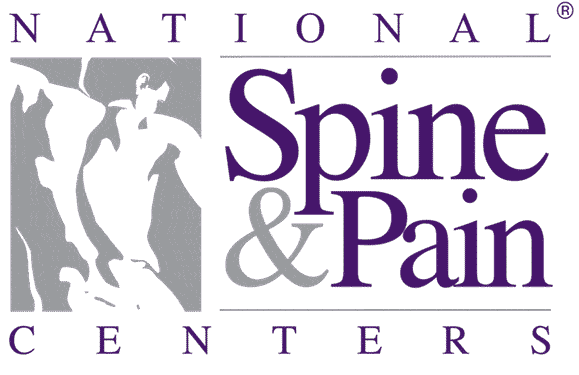
Feb 7, 2019 | Blog
There is no denying that we live in an age-obsessed society. Americans spend an estimated $84 billion annually on products designed to make us look better—and younger.
But when it comes to stem cells, younger does not equal better.
You’ve probably read some of our other blog posts about the phony “stem cell clinics” that are popping up all around the country, promising miraculous results and peddling scores of misinformation in the process.
One of their favorite sales pitches is the false claim that dead amniotic or cord tissue are live stem cells and that young stem cells are needed for older patients.
Simply put, this is a bunch of baloney.
Just the Facts, Ma’am
Regenexx®, whose stem cell therapies we use at Stem Cell Arts, has collected extensive stem cell data through its own patient registry for many years. Based on that data, which currently includes about 10,000 patients, there is no correlation between the age of a patient’s own stem cells and the outcome of their treatment. For example, in knee stem cell treatments, Regenexx®found no correlation between age and outcome when comparing age groups (i.e., ≤50 years, 51–60 years, and >60 years).
This empirical evidence reveals that older patients do just as well as younger patients with a precise injection of their own stem cells. StemCell Arts physicians are trained and licensed to perform Regenexx® Stem Cell therapy, which is the world’s most advanced and uses adultstem cells from your own body—not amniotic or cord tissue cells. Many people are unaware that adult stem cells can be harvested without raising ethical or moral concerns. These cells can come from the body’s bone marrow as well as from body fat that contains mesenchymal stem cells (MSCs) that contain high levels of restorative properties.
The Regenexx® Stem Cell procedure extracts your own stem cells, concentrates these cells at the highest level possible and reinjects them into the injured area to boost your body’s ability to naturally promote healing. The result is relief from chronic pain and inflammation from conditions such as arthritis, herniated back discs, tendon tears or joint injuries. The entire treatment is conducted in our sterile, state-of-the-art office procedure suites and takes only a few hours.
When it comes to stem cell therapy, don’t assume younger is better. Believe and trust in your own body’s ability to heal itself. Contact us today and let us explain how an injection of your own healing factors can relieve your pain without surgery.
[i]https://www.statista.com/topics/1008/cosmetics-industry/
Feb 1, 2019 | Uncategorized
At StemCell ARTS, we often see patients who have had problems associated with knee surgery, such as a torn meniscus needing repair, surgery to correct an ACL injury or a procedure associated with osteoarthritis. Many of these patients did not experience the results they were hoping for and feel that the surgery has failed. In many cases, the surgery actually did not fail; it just did not go far enough into resolving all of the problems that the patient’s knee joint was experiencing.
Take the example of a torn meniscus surgery. The surgery may have been successful in removing the piece of meniscus that was torn, but it did nothing to address the additional instability in the knee, cartilage wear, or potential tendonitis that the patient might have. These types of issues can cause just as much knee pain as what the patient was experiencing from the initial injury.

Jan 7, 2019 | News and Events, Stem Cell Procedures
You may have seen some headlines last month about several people who acquired infections that required hospitalization, infections that were believed to come from stem cell injections they received from umbilical cord blood.
This is not the first time that stem cell products from rogue clinics have been in the news. In May 2018, federal officials closed clinics in California and Florida that were offering unproven stem cell therapies that had not undergone standard, regulated clinical trials.
As is often the case, the bad guys grab the headlines while the experienced physicians of Stem Cell Arts continue to lead the field by authoring research presentations, publications and other academic work designed to promote greater understanding and advancements in this highly specialized area of orthopedic medicine.
Stem Cell Arts physicians are trained and licensed to perform the Regenexx® family of stem cell and platelet rich plasma procedures. Regenexx® Stem Cell therapy is the world’s most advanced and uses the highest concentration of healing adult stem cells from your own body to address the chronic pain and inflammation from conditions such as arthritis, herniated back discs, tendon tears or joint injuries.
Many people are unaware that adult stem cells can be harvested and do not raise ethical or moral concerns. These cells can come from the body’s bone marrow as well as from body fat that contains mesenchymal stem cells (MSCs) that contain high levels of restorative properties. The Regenexx® Stem Cell procedure extracts your own stem cells, concentrates these cells at the highest level possible and reinjects them into the injured area to boost your body’s ability to heal naturally.
The entire treatment is conducted in our sterile, state-of-the-art office procedure suites and takes only a few hours. A few days after the initial injection, you will return for a follow-up injection of platelets from your own body that will stimulate the stem cell repair process. Unlike invasive forms of surgery, Renenexx® Stem Cell and Platelet Rich Plasma procedures do not require a lengthy recovery time or the need for intensive rehab.
If you are considering stem cell therapy, don’t let the headlines scare you. Do, however, make sure you carefully investigate the clinics offering the treatment. We are confident that if you do that, you’ll discover that Stem Cell Arts offers the expertise, quality control and outcomes that make us a national leader in this non-surgical option for orthopedic conditions. Contact us today.

Nov 15, 2018 | Blog, Regenerative Treatments, Staff Articles, Stem Cell Procedures
When Regenexx first started using mesenchymal stem cells (MSCs) to treat orthopedic problems in 2005, embryonic stem cells (ESCs) were king. However, a funny thing happened in 2010, when the number of research papers published on MSCs equaled the number published on ESCs. Since then, things have gotten much worse for embryonic stem cell research, and mesenchymal stem cell research is now clearly dominating the mesenchymal stem cell vs embryonic stem cell battle.
What Is an Embryonic Stem Cell?
Embryonic stem cells (ESC) are the cells that make a baby. They’re pluripotent, meaning that they have the ability to turn into all three cell types, which are ectoderm, endoderm, and mesoderm. Basically, they are stem cells that can turn into most cells of the human body.
What Is a Mesenchymal Stem Cell?
A mesenchymal stem cell is different. It’s a stem cell that’s found in adults (or really any individual past the age of embryo). It’s multipotent and can differentiate into a number of cell types that are of the mesodermal lineage. These include osteoblasts (bone cells), chondrocytes (cartilage cells), myocytes (muscle cells), and adipocytes (fat cells). At StemCell ARTS we strictly only use the osteoblast which we obtain in the back pelvic area.
Mesenchymal Stem Cell vs Embryonic Stem Cell: Why MSC Research Surpassing ESC Research Is a Big Deal
The public was introduced to the concept of stem cells following a ban on embryonic stem cell research. This forced ESC researchers to take their case to the public. Scientists told the public that stem cells could be a possible cure for many incurable ailments. Unfortunately, along with the ethical problems associated with embryonic stem cells, it turned out that they also have a nasty little issue of causing teratomas (weird tumors). At the same time, many scientists began to recognize that stem cells could be found right in our own bodies in the form of mesenchymal stem cells. Hence, the race was on to see which stem cell type would become dominant. Mesenchymal stem cells are just more useful. They can be obtained from the patient without any ethical concerns and generally can do most of what ESCs can accomplish.
The upshot? Embryonic stem cell research is slowly dying off and being replaced by mesenchymal stem cell research. While this mesenchymal stem cell vs embryonic stem cell research reversal may have started because of the Bush administration ban, it’s accelerated since then because mesenchymal stem cells are just more practical as a therapy.

Aug 17, 2018 | Blog, Uncategorized

You have many stem cell types in your body, and StemCell ARTs would like to educate you about the one that lives in your bone marrow and why it lives there and not somewhere else. We’ll do that through a discussion of fish and frogs. Meet the HSC.
What Are Hematopoietic Stem Cells?
You might not realize that our bones aren’t simply a scaffolding that serves as the body’s supporting framework, they are also one of the human body’s blood cell-producing machines. Hematopoietic stem cells (HSCs) are the cells from which all blood cells (e.g., erythrocytes, lymphocytes, megakaryocytes, neutrophils, macrophages, etc.) are formed. Our circulating blood cells live hard and die fast, which means they must continuously be replaced. This assembly line of blood cell production occurs in humans in the bone marrow inside our bones, with those hematopoietic stem cells producing in excess of hundreds of billions of new blood cells daily, a process known as hematopoiesis (hemato- meaning “blood” and -poiesis meaning “producing” or “forming”).
Today, we’re going to focus on hematopoietic stem cells (HSCs), but it’s also important to differentiate these from mesenchymal stem cells (MSCs), which are also primarily found in the bone marrow. MSCs, however, produce cells that form musculoskeletal tissue, such as bone (osteocytes), muscle (myocytes), and cartilage (chondrocytes) cells. However, HSCs can help repair muscle as they can replace muscle stem cells in time of need.
Interestingly, locations for HSC sources in non-mammals vary, often occurring in organs, such as the kidneys. Let’s explore.
HSC Location Attributed to Ultraviolet Light Protection
Researchers in the new study, using humans as the mammal observation and zebrafish as the non-mammal observation, investigated the zebrafish to determine why HSCs are sourced in the kidneys. The answer was found in melanocytes. In humans, melanocytes are cells that produce a pigment called melanin, which determines the color of our skin, hair, eyes, and so on. In other species, such as fish, snakes, and birds, melanocytes also exist and provide the coloring for scales, feathers, and so on. Researchers determined that a specific pattern of the melanocytes on the zebrafish actually shaded the kidneys, protecting them from ultraviolet light.
Researchers also tested the effect of UV light specifically on the HSCs in the kidneys of the fish (literally by turning the fish upside down in one test and exposing the unshaded underside of the kidney to UV light) and determined that the UV light damages the DNA of the cells. Therefore, the specific coloring design, the “melanocyte umbrella,” over the kidneys of the zebrafish protects the HSCs from damage, making the kidneys an ideal location in this species for HSCs.
Another fascinating facet to the study—researchers also studied the effect of UV light in terrestrial frogs. As tadpoles, HSCs were sourced in the kidneys, which also had the same melanocyte protection described in the zebrafish above. However, as the tadpoles grew legs and transitioned to land-dwelling frogs, the HSCs also transitioned from the kidneys to the bone marrow. This, again, was attributed to the HSC protection that would be necessary from UV light.
The study pointed out that in mammals, an organ, such as the kidney, would not be capable of insulating the HSCs from UV light; however, the bone marrow, well protected by the dense bones, provides the perfect light-free environment for HSCs to thrive and maintain their stringent blood cell-producing schedule.
Problems That Can Occur with Hematopoietic Stem Cells
UV light exposure or not, our HSCs can still become permanently damaged, either due to genetics (inherited mutations) or due to environmental factors (somatic mutations), such as smoking or chemical exposure. These mutations can be passed to replicate cells and can even lead to cancer and other diseases, though our immune cells do a pretty good job of destroying these bad cells. The risk of these somatic mutations, however, does increase with age, and when they occur in our HSCs, our risk of heart disease, stroke, hematologic cancers, and other diseases increases.
The upshot? Understanding the different stem cell types found in your bone marrow is important. In addition, turns out that there’s a reason that these critical repair cells live deep inside thick bone. They’re there to protect themselves and you from the harmful effects of UV and other types of radiation that may mutate these cells. So hopefully you’ll look at your bones a little differently now, as both structure and the key to a long and active life.
Call StemCell ARTs today to learn more about how stem cell obtained from your bone marrow can benefit you.




